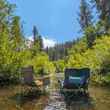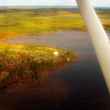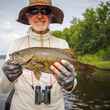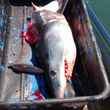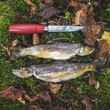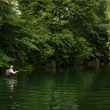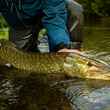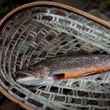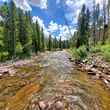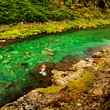PennEnvironment, one of Pennsylvania's leading environmental advocacy groups, has issued a call to action regarding Pennsylvania House Bill 1904. HB 1904, on the Pennsylvania House of Representative's docket for this week, includes provisions which essentially allow state lawmakers to circumvent federal protections against gas drilling and other operations related to mineral rights within Allegheny National Forest. The group urges that concerned citizens have "less than 24 hours" to act, with HB 1904 on the House docket for 11 am on Tuesday, May 8th.
Allegheny National Forest is Pennsylvania's only national forest and occupies over 800 square miles of land in the heart of Pennsylvania's oil and gas region. The forest includes a myriad of recreational opportunities, including some of the finest warm water fishing in all of Pennsylvania. Smallmouth bass, muskellunge, walleye, northern pike, yellow perch, and channel catfish can be found within the Allegheny Reservoir and other lakes within the forest. The park also includes miles of freestone coldwater streams which offer fishing for stocked brook, brown, and rainbow trout as well as wild populations of native brook trout.
The current conflict regarding mineral rights revolves around the federal government's 1923 purchase of the land that currently comprises Allegheny National Forest, which included the land surface but did not include subsurface mineral rights. Ninety-three percent of these subsurface mineral rights remain held by private individuals. In 2009, the United States Forest Service (USFS) established a policy that determined that drilling for oil and gas within the forest would be governed by the National Environmental Policy Act, making all operations subject to public judgement. However, later in 2009, the Minard Run Oil Co., Pennsylvania Oil and Gas Association, Allegheny Forest Alliance and Warren County government sued the United States District Court in Erie, Pennsylvania over the USFS's use of the National Environmental Policy Act to challenge drilling operations within Allegheny National Forest.


